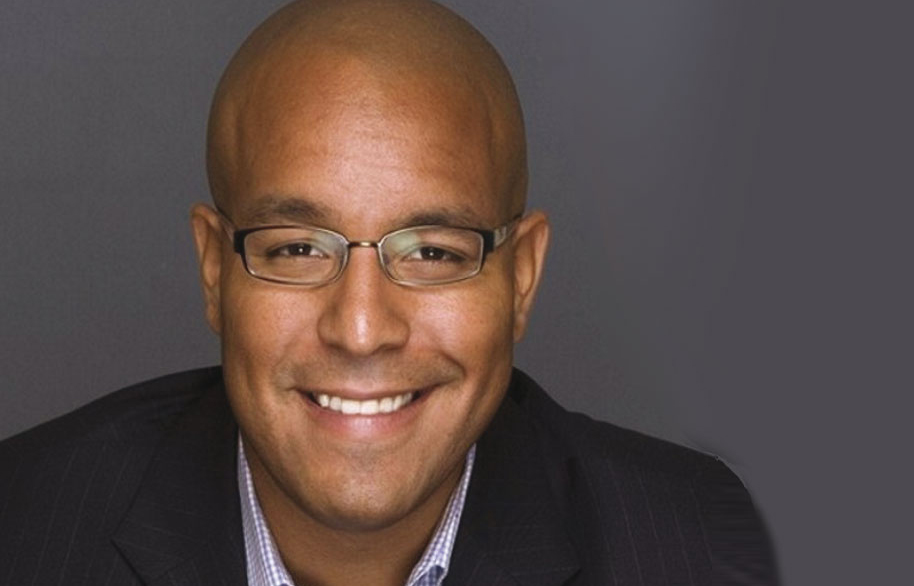
After more than 40 years of operation, DTVE is closing its doors and our website will no longer be updated daily. Thank you for all of your support.
Interview: Sean Cohan SVP, international, A&E Networks
As A&E Networks’ international business continues to increase its footprint in Europe, Sean Cohan tells Graham Pomphrey about the broadcaster’s growth strategy, the importance of localization and the potential for 3D.
 A&E Networks has seen its presence in Europe grow this year, despite the tough economic conditions faced by the region. Backed by local partners, the channel operator is relying on a mix of quality programming and popular channel genres to continue its expansion in the region.
A&E Networks has seen its presence in Europe grow this year, despite the tough economic conditions faced by the region. Backed by local partners, the channel operator is relying on a mix of quality programming and popular channel genres to continue its expansion in the region.
With flagship channel History established as one of the most widely distributed factual channels in the world, Cohan is turning his attention to the channel operator’s other titles, including Bio and Crime and Investigation.
A&E has seven channel brands, including HD channels, in the UK, a model that is obviously very attractive to the broadcaster. But, says Cohan, “the goal is not simply to launch as many channels as possible; it’s about creating ‘quality and sustainable’ offerings”.
Crime and Investigation has emerged as a popular channel genres in Europe, with a recent launch in Spain, operated by History Channel Iberia, a joint venture between A&E Television Networks and Chello Multicanal, and a debut in the Benelux where it launched on Dutch cable platform Ziggo.
in the end, the channel with the best content and storytelling will lead
As with any popular genre, broadcasters are unlikely to find themselves as lone operators in a given market. Shortly after launching in the Netherlands, local broadcaster RTL debuted RTL Crime and Discovery followed suit with Investigation Discovery. Cohan views this competition positively: “Competition breeds quality. You have to make sure you are bringing a quality proposition that differentiates from competitors.”
A&E Networks’ US arm operates a wider range of channels than its international business; one of the most successful recent entrant is female-skewing lifestyle channel Lifetime. As with crime, says Cohan, the genre is very popular and the market crowded. So far, the broadcaster has resisted launching Lifetime internationally, but Cohan says “it is on the cards”, without committing to markets or a timescale. “We are sensitive that there are a bunch of [female-skewing] channels out there but in the end, the channel with the best content and storytelling will lead. There is an appetite and a case to be made for Lifetime internationally but we want to get it right.”
Cohan says there is “potential” to launch its eponymous US entertainment channel, A&E, internationally. But the operator’s main focus is on more targeted genres than general entertainment. “We’ve tended to lead on brands that do what they say on the tin,” says Cohan.
In the nearer term, it’s business as usual for A&E Networks – launching existing channels into new markets. One way Cohan and his team hopes to boost presence in key markets is by continuing to localize channels. Some, he points out, include as much 60% locally produced and acquired content. Earlier this year, The History Channel Italia aired content dedicated to the 150th anniversary of the unification of the country, for example. A&E’s operations are structured such that the company forms partnerships with local broadcasters and media companies, helping it to adapt to and play to the strengths of local nuances. AETN UK, for example, is a joint venture of A&E Television Networks and pay TV operator BSkyB, and in Israel, where a HD version of History recently launched, A&E Networks channels are run by local media firm Tel-Ad.
“You have to be local with some critical mass of content when you launch a channel. That will increase over its lifecycle,” says Cohan.
Along with local acquisitions and commissions, marketing also needs to be localized. The goal, says Cohan, is to “deepen relationships” with existing customers and to attract new viewers to channels. In the UK, History recently teamed up with location-based social network Foursquare to launch the History Here app that allowed mobile users to discover 600 facts about locations across London. It is about to launch Street Museum Londinium, an app that uses augmented reality to show what areas of London looked like during the Roman era. Cohan says some marketing activity, including online and mobile services, could act as standalone businesses but warns that the company needs to ensure it remains “focused on its core business”. And that means linear channels.
As well as its current crop of standard-definition channel brands, A&E Networks is seeing a growing demand for HD channels, as consumers in some markets begin to expect the technology as standard. Cohan also sees a future for 3D; the company has in production, or delivered, 15 hours of 3D content, including The Universe that aired on Sky in the UK earlier this year. However, Cohan is ruling out the launch of a dedicated 3D channel. “It won’t be 3D for the sake of 3D; it will be event-driven and must be truly breathtaking,” he says.


